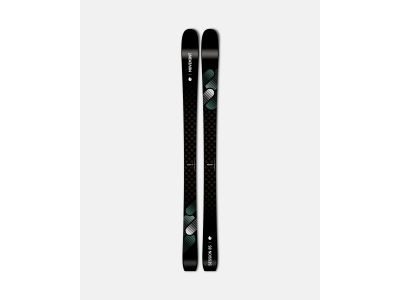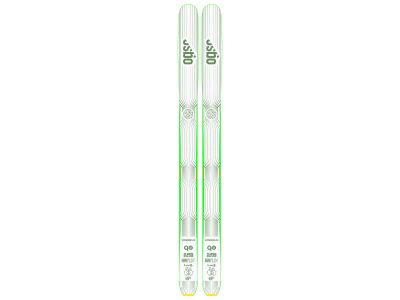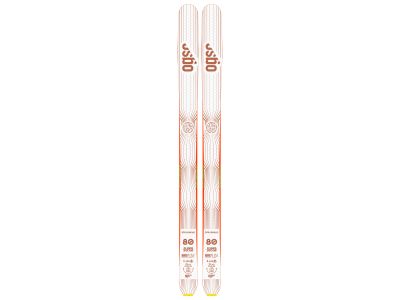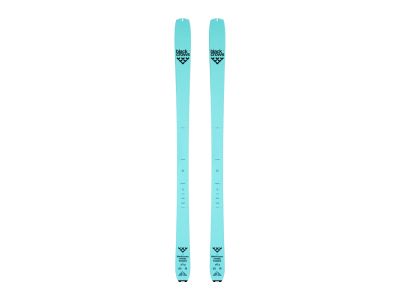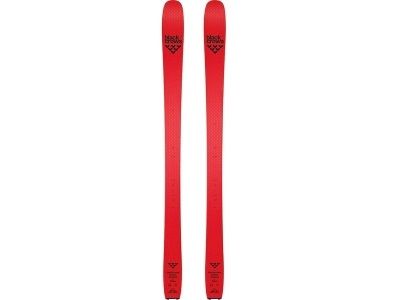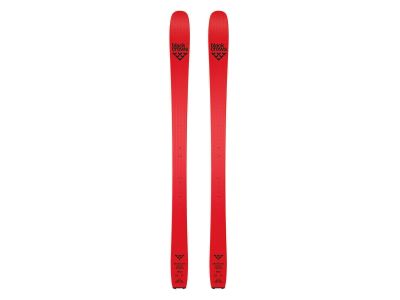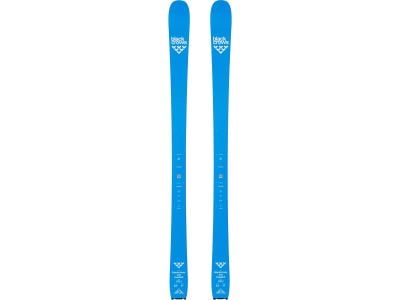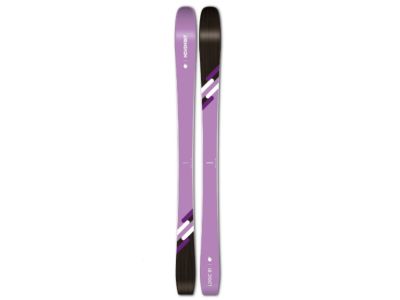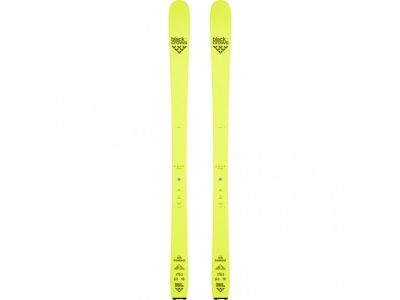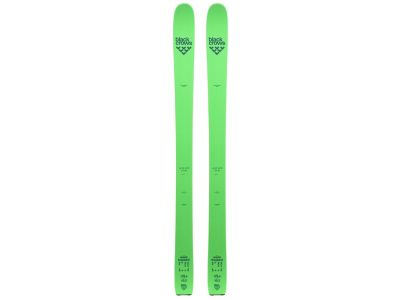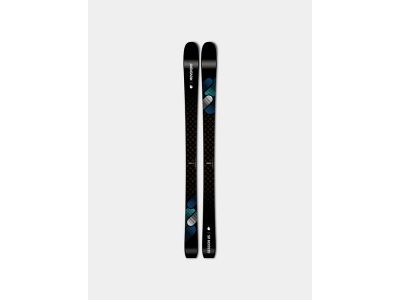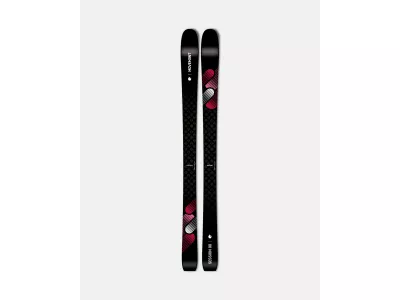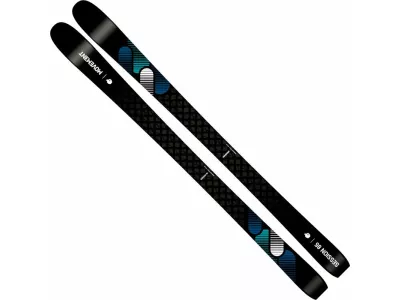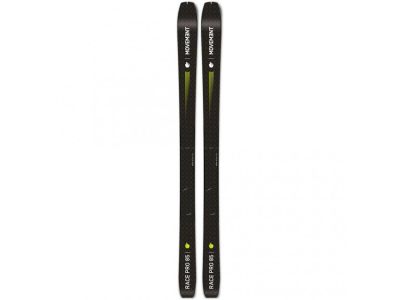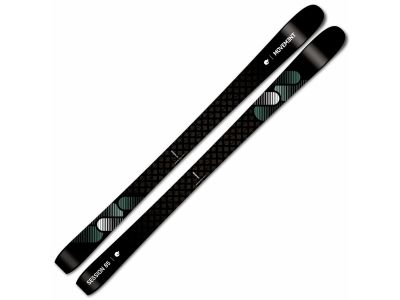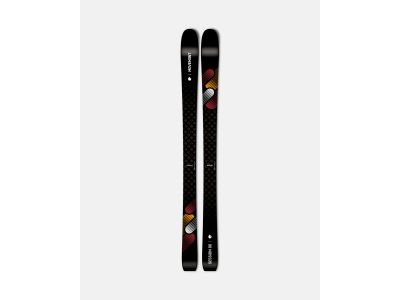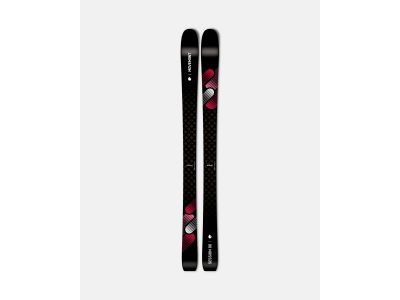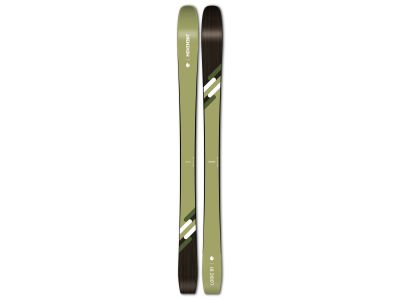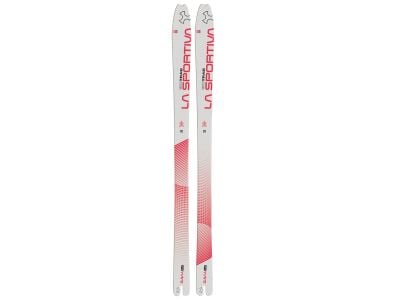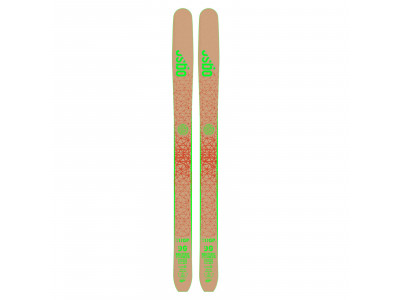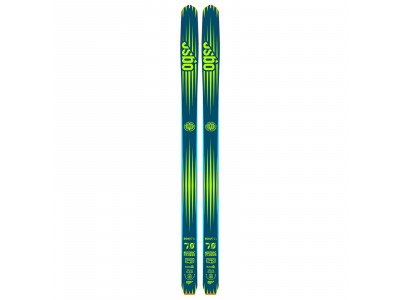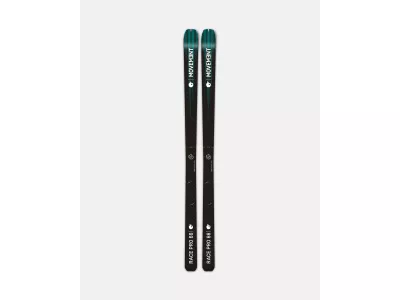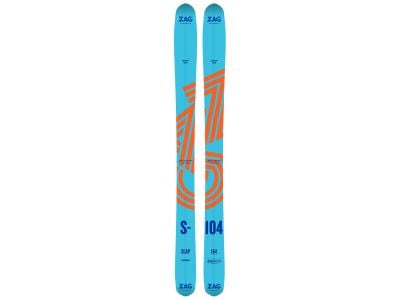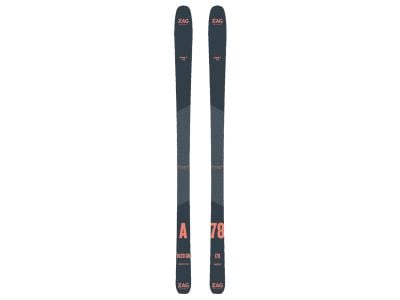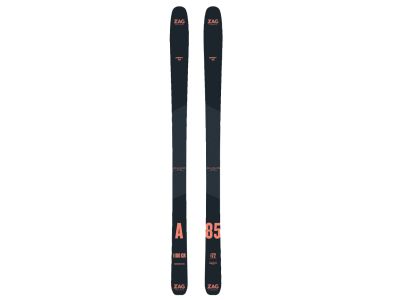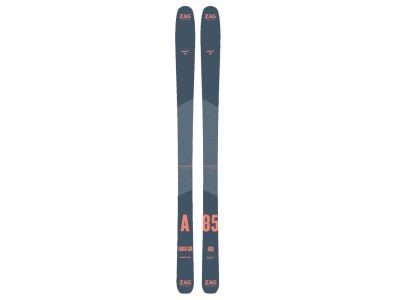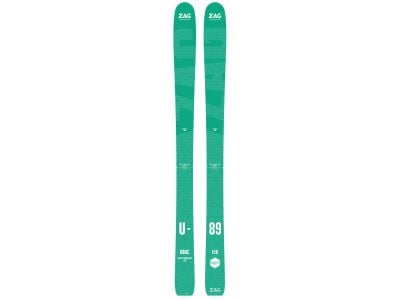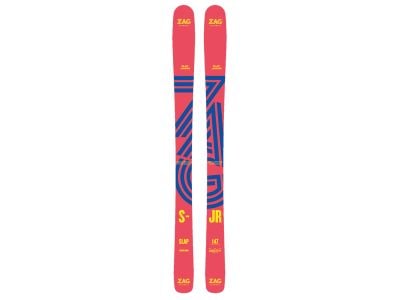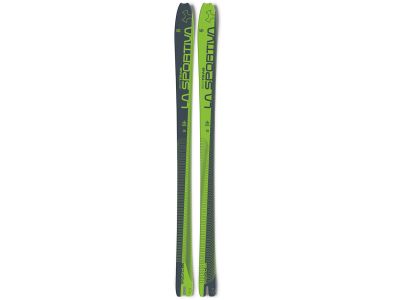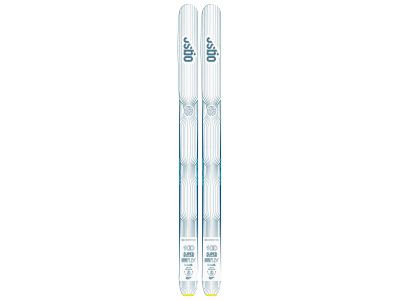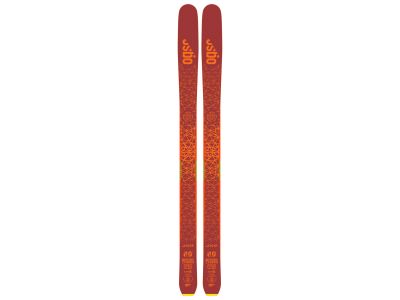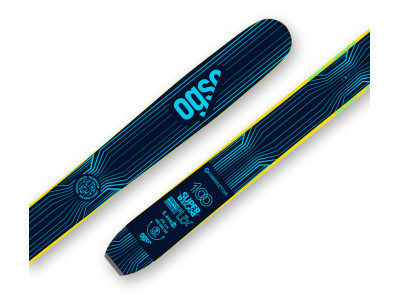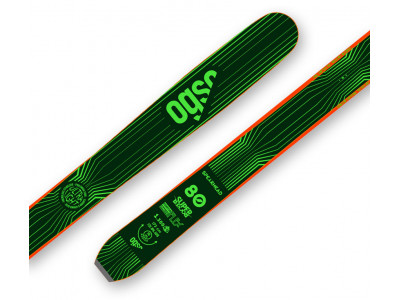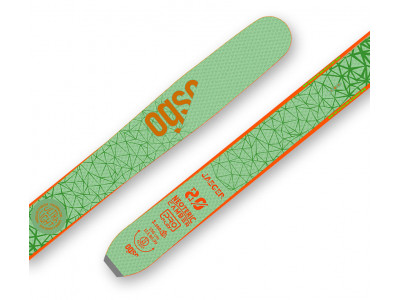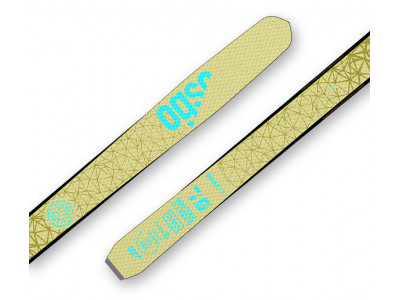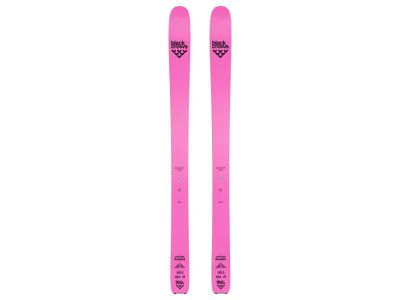Ski mountaineering skis, also known as back country or skimo skis, are specifically designed for off-piste skiing and ski mountaineering. These skis offer several advantages that make them ideal for skiing unprepared terrain and accessing remote areas off-piste.
The main advantage of skimo skis is their lightweight construction. Compared to traditional downhill skis, skimo skis are typically lighter, allowing for easier and more efficient ascents. The reduced weight helps conserve energy during ascents, making them an excellent choice for back country enthusiasts who enjoy climbing uphill.
Another advantage of skimo skis is their versatility. Many skimo skis have a rocker profile, which provides better "floating" in deep snow and improves manoeuvrability in difficult terrain.
Using skimo skis requires the right equipment and knowledge. To use skimo skis, you will need compatible bindings that allow your heel to move freely during ascents and lock your heel in place during descents. Adhesive strips that attach to the ski's base provide traction when climbing hills. In icy or steep conditions, crampons or crampons can also be useful, providing additional grip.
How to choose suitable skimo skis?
When choosing skimo skis, there are several factors to consider, ensuring you choose the right skis for your needs and preferences.
- Skier's ability: Consider your skiing ability and experience level. Skis come in different stiffnesses, so pick skis that match your skill level and skiing style. Beginners may prefer skis that are forgiving and easier to control, while advanced skiers may select more aggressive, more powerful skis.
- Terrain and conditions: Consider the terrain and conditions you will be skiing in. Wider skis (around 90 mm or more) are better suited to deep powder and softer snow because they provide better float. If you will be skiing in mixed or variable conditions, narrower skis (around 80-90 mm) can offer better control and versatility.
- Weight: Consider the weight of your skis. Lighter skis are generally preferred for longer hikes and more technical climbs, as they require less effort and energy. However, keep in mind that extremely light skis can sacrifice some stability and performance on the descents. Find a balance between weight and performance based on your priorities.
- Ski profile: Rocker refers to the upward curvature of the tip and tail of the ski. Skis with a more pronounced rocker provide better float in deep snow and better control in difficult terrain. However, a more aggressive rocker profile can be at the expense of stability on hard or groomed snow.
- Ski length: Choose the appropriate ski length based on your height, weight, and skiing ability. In general, skimo skis are slightly shorter than traditional downhill skis to make them easier to manoeuvre on ascents. However, the ideal length can vary depending on personal preference.
Can skimo skis be used in a resort, or are they intended exclusively for back country skiing?
Skimo skis can be used in a resort, but may not provide the same level of performance as downhill skis, especially on groomed slopes and at higher speeds.
How to care for and maintain your skimo skis?
Proper maintenance and care of skimo skis includes regular waxing, checking and repairing any damage to the frame or edges, and storing them in a cool, dry place. It is also important to properly clean and dry your skis after use to ensure their longevity.
